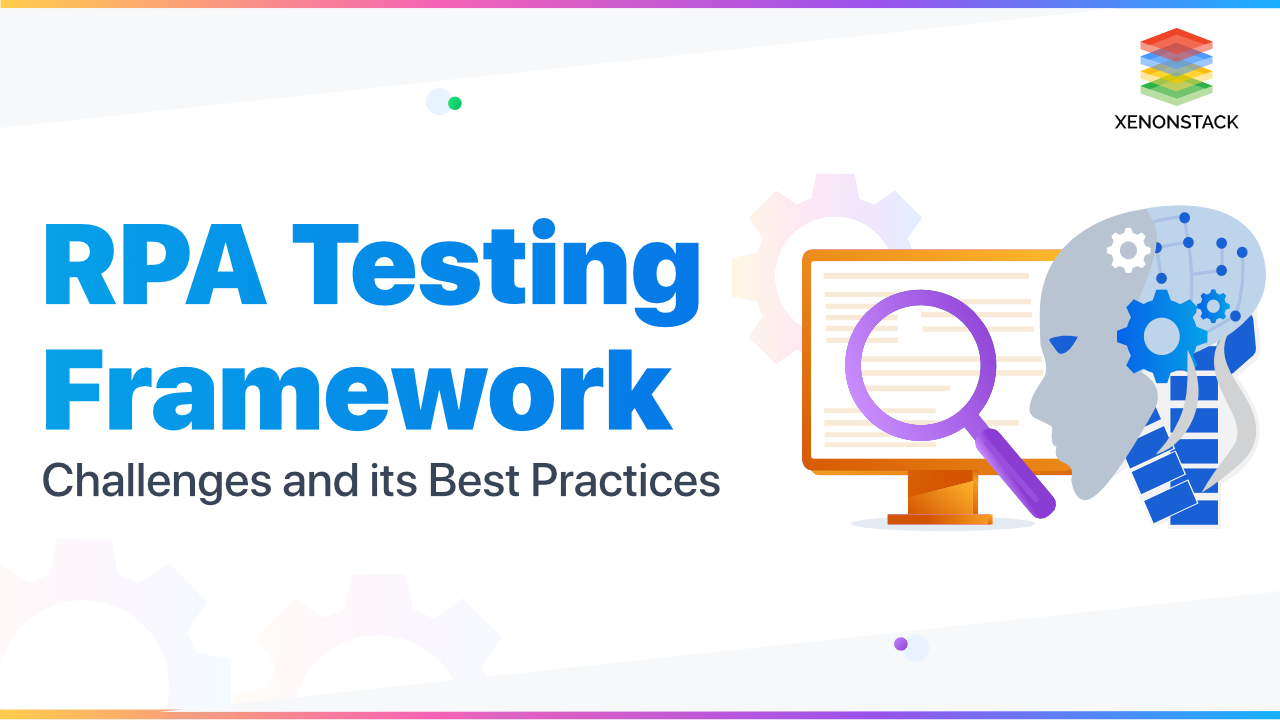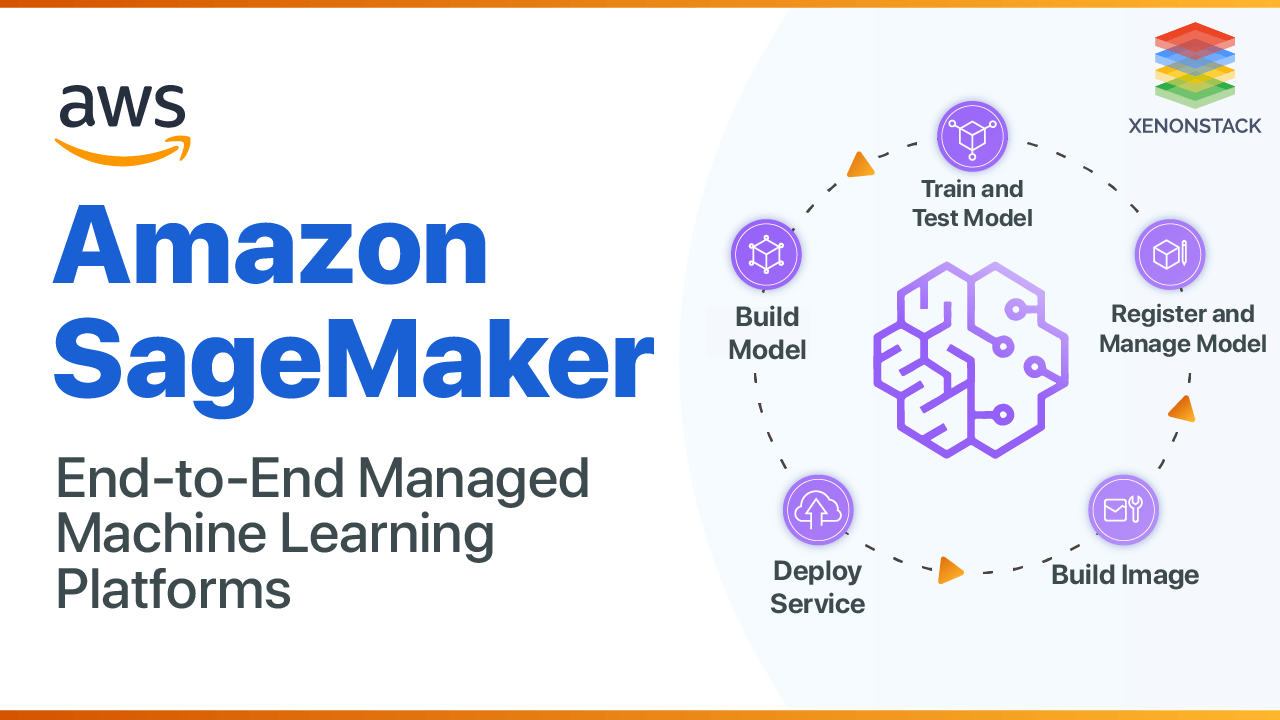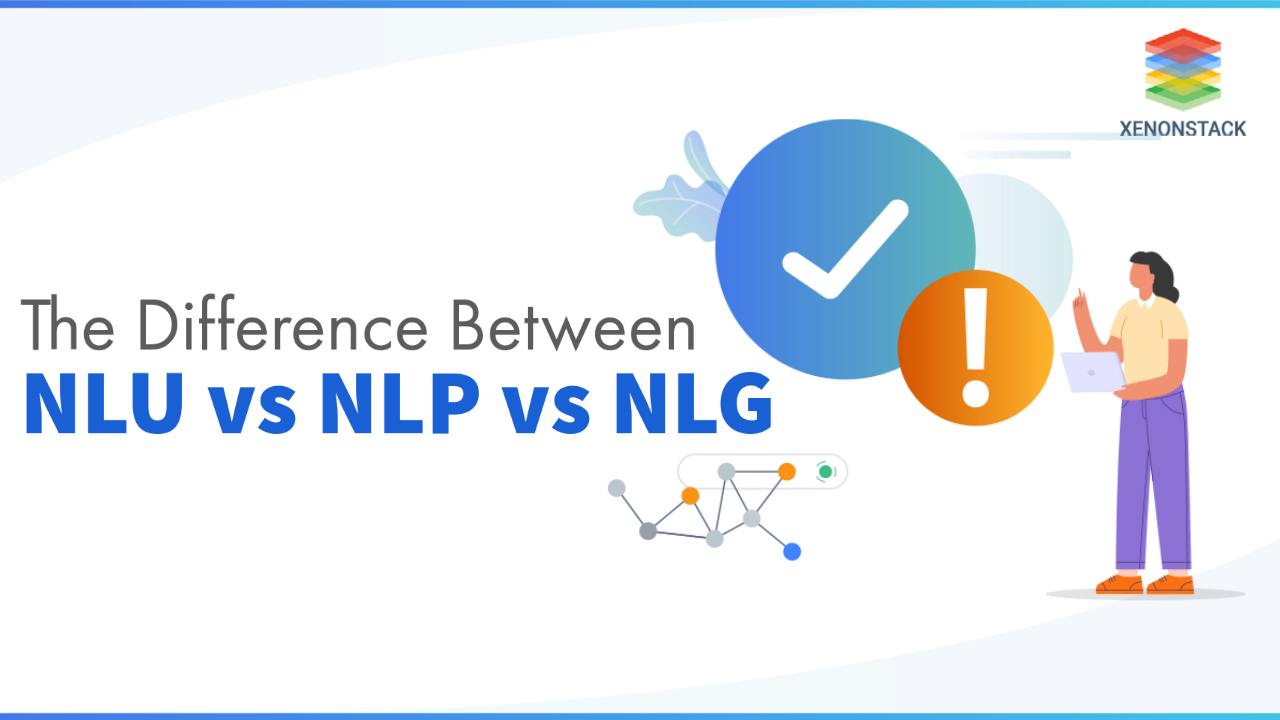
Introduction to RPA Testing Framework
Robotic Process Automation (RPA) is the best technology for today's enterprises, allowing a robot to be configured to integrate with human actions to perform repeated business processes efficiently. This technology aids businesses in increasing operational efficiency by automating repetitive business activities with a software bot, hence removing the need for human participation.
As more organizations adopt and apply RPA into their operations, appropriate testing methodologies and approaches will become increasingly critical in ensuring a smooth transition to RPA. Like other software applications, RPA processes are also prone to error and need to be tested independently for functionality, performance, experience, and security.
The RPA implementation will be smooth and more likely to give good results if the processes have gone through a selection process. Click to explore about, RPA Implementation Strategy
Why do we need RPA Testing Frameworks?
RPA bots, like any software program must be independently tested for functionality, performance, security, and experience, as they are prone to failure. It's critical to maintain high bot quality, which necessitates specialized procedures and techniques. To test our RPA bot, we require an RPA testing framework to test the process rigorously and produce the best RPA bot.
Best Practices of the RPA Testing Framework
The below defined are the best practices of the RPA Testing Framework:
Understanding the business process
As a process gets automated, it will undergo numerous adjustments. The Initial goal of the test team should be to completely understand the newly automated process before any testing operations can begin. This is one of the key processes in the test cycle since it establishes the framework for the subsequent steps. Reviewing the Process Definition Document (PDD), the Solution Design Document (SDD), and any other paperwork developed during the automation design phase is best to understand the process. Once the team has a good understanding of the business process, they may build test scenarios to check the code against the business rules.
Scenario Testing
Now it's time to double-check that the automation was built in accordance with the business rules outlined in the design documentation. The key to having good test case scenarios is to make sure they're clear, short, and cover all of the PDD/business SDD's rules. The SDD usually outlines the needed scenarios that must be validated during testing. Still, it's also a good idea to go over the process flows and double-check the SDD for any missing information.
The technology about business process automation where repetitive human mundane tasks are automated. Click to explore about, Best Practices of RPA and its Challenges
Test Scripts
This stage includes putting all of the information you've gathered so far together. The test script consists of several test cases with different clear results. It's usually in Excel format and includes test scenarios, input data necessary for testing the scenarios, predicted and actual results, and a pass/fail column. It's best to write the script in the same straightforward and succinct manner as the test cases. The more complete the script, the fewer holes or test cases missed. It may be an excellent option to have the design team examine the script and make any modifications or ideas, depending on the intricacy of the process. This extra step can help close any gaps during the testing process.
Test the data
The fuel for the testing is test data. Automation testing without proper test data might result in erroneous test results, leading to invalid faults and putting pressure on the testing schedule. This is why it's critical to know exactly what kind of data and in what format you'll need for a successful testing cycle.
Manage Defects
Defects will be discovered, as is expected with any robotic testing. The team must document and notify the development team about the defects. The key is in the details when it comes to defect management. The faster the test team can supply more information, the faster the fix. Writing the test-case description, capturing a screenshot of the issue, marking where the process is failing, adding the input file used to test, and attaching the output file produced by the automation are examples of ways to offer details.
RPA in Supply Chain allows supply chain businesses to scale up swiftly to meet supply chain business requirements as demand increases. Click to explore about, RPA in Supply Chain industry
What types of issues need to be resolved in RPA Testing?
As every software needs testing before moving it into production. RPA bots also need to be tested before deployment. RPA bots perform tasks the same as humans do. We need to take care of the below key points to run smoothly and produce the correct output.
Functionality
Validation of Bot flows input/output capabilities across various heterogeneous systems, configuration and security validation, and Bot stability.
Bot Application Exceptions
How successfully the bots handle application problems and exit routes such as file exceptions, page not loading issues, data mismatches, etc.
Business Process Flow Errors
The bot's ability to handle any data or procedure combination. Bots should report any exceptions that occur during runtime and begin recovery from the point of failure.
Environment Exceptions
The Bots' abilities to deal with changes in the environment, such as screen resolutions, version changes, OS upgrades, and so on. How can bots self-diagnose, report, and recover from exceptions in such situations?
Integration Issue
When bots cannot handle external dependencies, scheduling failures, firewalls, orchestration issues, log management, and other concerns, this occurs.
Best Practices of UiPath enable high-level security because credentials can be stored and encrypted on a centralized server. Click to explore about, What are the Best Practices of UiPath?
RPA Testing Using UIpath
You can describe the inputs, expected results, and outputs for RPA testing to ensure that your automation projects are running effectively. While making modifications to a workflow, you may also view activity coverage throughout execution to ensure that the behavior remains consistent.
UIpath provides different activities for testing the process or flows. Below are the steps to test a process in UIpath studio.
- Create a test case
You can create an RPA test case by right-clicking on the workflow file and selecting the option to create a test case. One can choose the Mock workflow under test while creating your test case. It will make a copy of your workflow to mock specific activities.
A new .xaml file will be created by the name you entered while creating the test case.
- Structure of the test case
Given: In the “given” sequence, use activities that produce data for the when block where our workflow is ready for testing.
When: When the workflow for which the test case is created is invoked by default.
Then: In the “then” block, we can check for the output produced by our workflow, which we are testing, if it exists or not, using various testing activities available in Uipath studio.
To use testing activities, install the uipath. Testing. Activities package.
One can use the above structure to test any RPA workflow by giving the “Given” block data and checking the output in the “Then” Block.
Conclusion
There's a lot that goes into implementing new automation successfully. Even though testing is the last stage in the deployment process, it is crucial. An examination of several commercial-off-the-shelf (COTS) RPA tools reveals that all of them can test for the intended path. RPA solutions make it possible to automate, configure, and deploy frameworks without scripts. As a result, testing an RPA implementation uses the RPA tools' features. RPA technologies can be utilized for both testing data and regression testing. However, to ensure that the bot implementation is successful, you must first define the proper strategy.
- Discover about Advantages of RPA in SAP
- Read to know about Intelligent Robotic Process Automation


